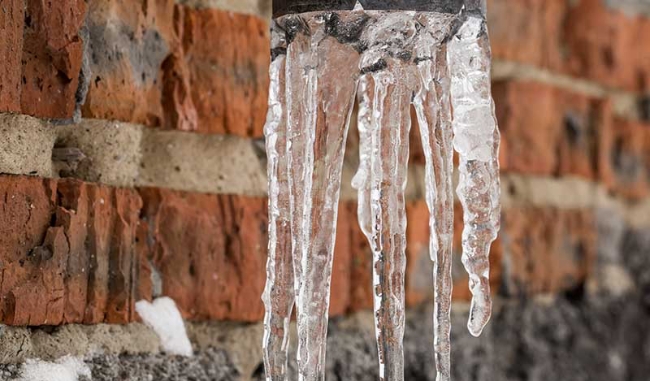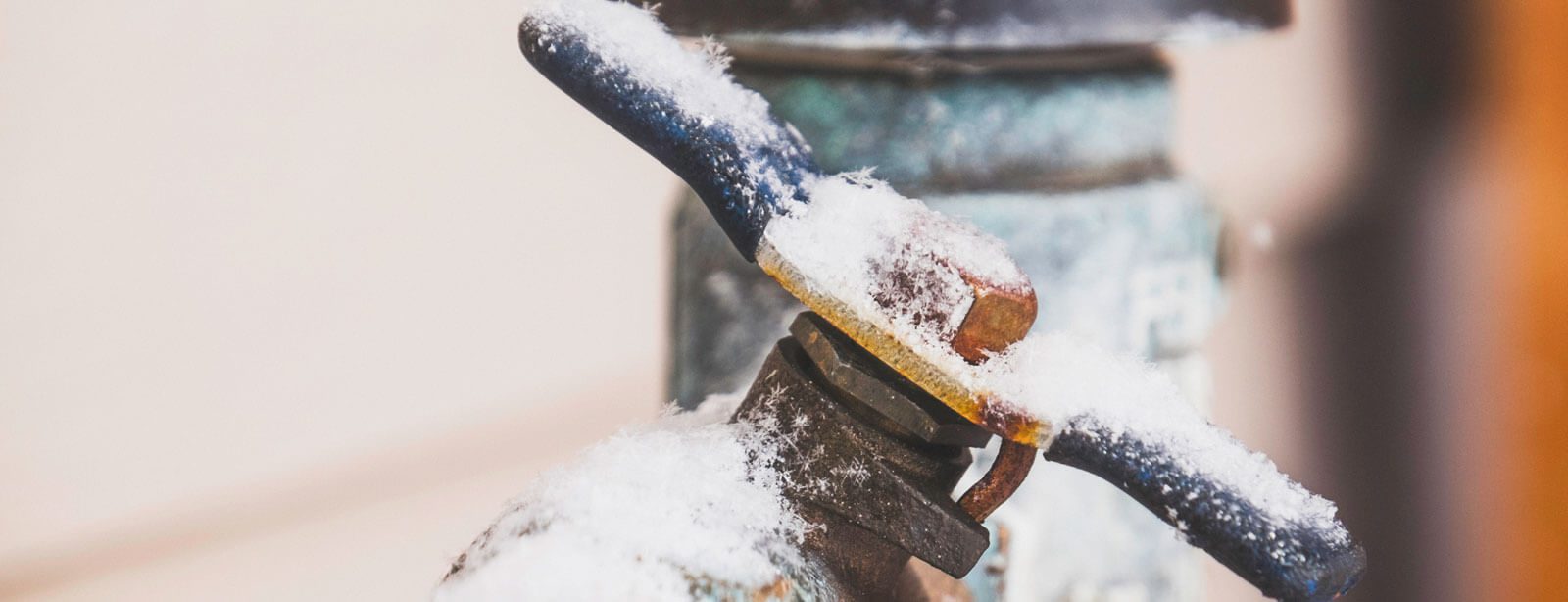Any individual is bound to have their private thoughts about 6 Ways to Prevent Frozen Pipes.

Cold weather can damage your plumbing, particularly by freezing pipes. Below's just how to stop it from occurring and what to do if it does.
Introduction
As temperature levels decrease, the threat of frozen pipelines increases, potentially causing costly repair services and water damages. Understanding exactly how to prevent frozen pipelines is crucial for property owners in cool environments.
Prevention Tips
Insulating susceptible pipes
Cover pipelines in insulation sleeves or make use of heat tape to safeguard them from freezing temperatures. Concentrate on pipelines in unheated or external areas of the home.
Home heating methods
Keep indoor rooms effectively heated, particularly areas with pipes. Open up cabinet doors to enable cozy air to flow around pipes under sinks.
How to determine icy pipelines
Seek lowered water circulation from faucets, unusual odors or sounds from pipelines, and noticeable frost on revealed pipelines.
Long-Term Solutions
Architectural changes
Consider rerouting pipes away from exterior walls or unheated locations. Include additional insulation to attics, basements, and crawl spaces.
Updating insulation
Buy high-grade insulation for pipelines, attic rooms, and wall surfaces. Proper insulation helps keep constant temperatures and lowers the danger of frozen pipelines.
Safeguarding Exterior Plumbing
Yard hoses and outside faucets
Separate and drain garden tubes before wintertime. Mount frost-proof faucets or cover exterior faucets with protected caps.
Recognizing Frozen Pipes
What triggers pipelines to ice up?
Pipelines freeze when exposed to temperatures below 32 ° F (0 ° C) for extended periods. As water inside the pipes freezes, it broadens, taxing the pipeline wall surfaces and possibly creating them to break.
Threats and problems
Icy pipes can lead to supply of water interruptions, home damages, and expensive fixings. Ruptured pipes can flood homes and cause extensive structural damages.
Indicators of Frozen Water Lines
Determining frozen pipelines early can stop them from rupturing.
What to Do If Your Pipes Freeze
Immediate activities to take
If you presume frozen pipelines, keep faucets open up to alleviate stress as the ice thaws. Use a hairdryer or towels taken in hot water to thaw pipes gradually.
Conclusion
Protecting against icy pipelines needs aggressive procedures and quick responses. By recognizing the reasons, signs, and preventive measures, homeowners can shield their plumbing during winter.
5 Ways to Prevent Frozen Pipes
Drain Outdoor Faucets and Disconnect Hoses
First, close the shut-off valve that controls the flow of water in the pipe to your outdoor faucet. Then, head outside to disconnect and drain your hose and open the outdoor faucet to allow the water to completely drain out of the line. Turn off the faucet when done. Finally, head back to the shut-off valve and drain the remaining water inside the pipe into a bucket or container. Additionally, if you have a home irrigation system, you should consider hiring an expert to clear the system of water each year.
Insulate Pipes
One of the best and most cost-effective methods for preventing frozen water pipes is to wrap your pipes with insulation. This is especially important for areas in your home that aren’t exposed to heat, such as an attic. We suggest using foam sleeves, which can typically be found at your local hardware store.
Keep Heat Running at 65
Your pipes are located inside your walls, and the temperature there is much colder than the rest of the house. To prevent your pipes from freezing, The Insurance Information Institute suggests that you keep your home heated to at least 65 degrees, even when traveling. You may want to invest in smart devices that can keep an eye on the temperature in your home while you’re away.
Leave Water Dripping
Moving water — even a small trickle — can prevent ice from forming inside your pipes. When freezing temps are imminent, start a drip of water from all faucets that serve exposed pipes. Leaving a few faucets running will also help relieve pressure inside the pipes and help prevent a rupture if the water inside freezes.
Open Cupboard Doors
Warm your kitchen and bathroom pipes by opening cupboards and vanities. You should also leave your interior doors ajar to help warm air circulate evenly throughout your home.

Do you like reading up on 6 Ways to Prevent Frozen Pipes? Leave feedback down the page. We will be happy to find out your ideas about this posting. We hope that you come back again soon. Sharing is nice. Helping others is fun. Thanks a bunch for your time. Come back soon.
More Details